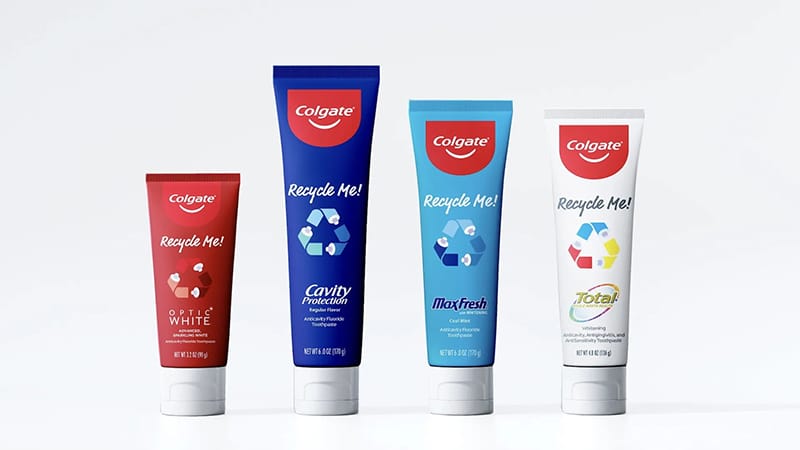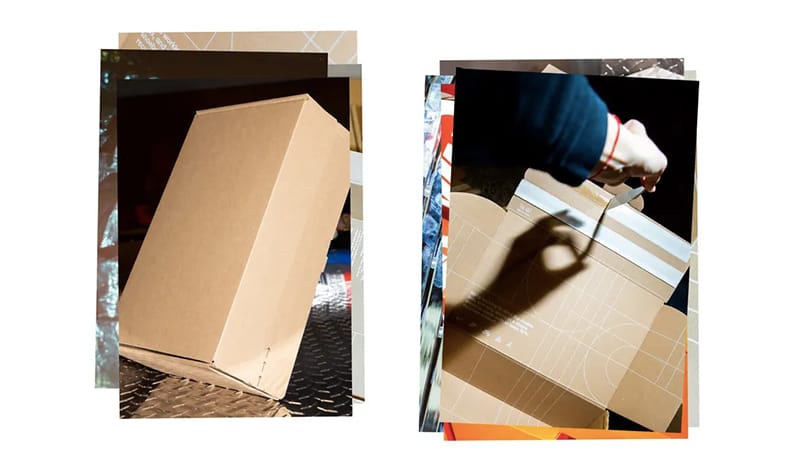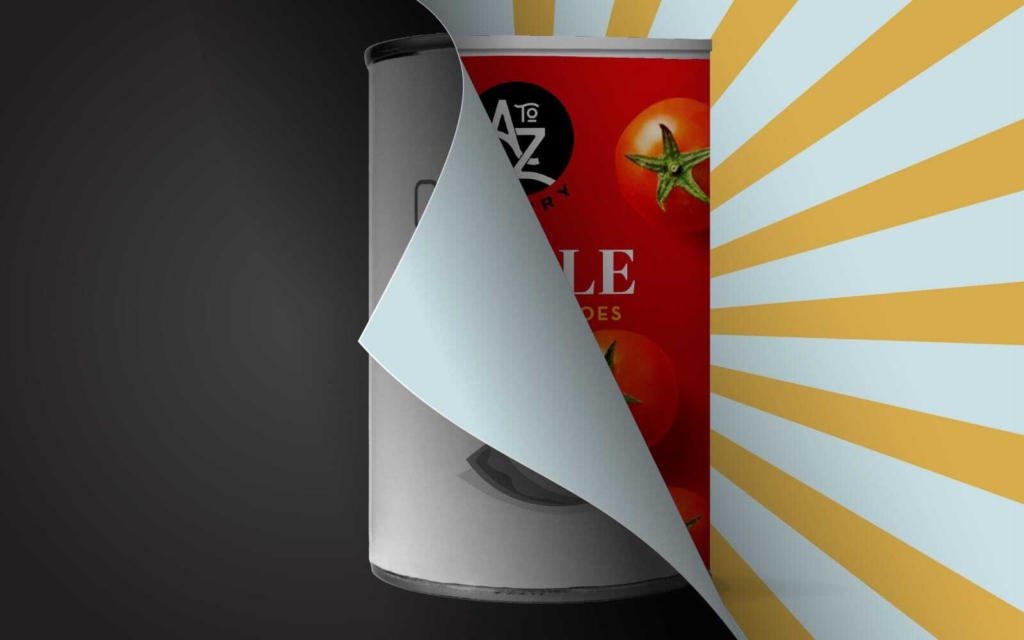
Wit Will Win: Irreverent Brands Making a Splash
October 19, 2023
Rebel, Disruptor, Innovator – these are just a few words to describe the brands that aren’t afraid to make waves, hear a gasp or see a shaking head. They live for making customers laugh, watching them share content and finding consumers that are ready to be loyal to something off the beaten path. They’re here to defy expectations, challenge the norm and exude authenticity. They have wit. They have will. And they’re winning.
So what is different about a rebel or irreverent brand as opposed to a long-term national brand?
Narrow Target Market
They know they’re not going to please a large majority. Brands like Dr. Squatch and Off Limits Cereal have a much more narrow target market than Old Spice or a major Kellogg cereal. But these brands are just fine with that. You know why? They’ve got Millennials and Gen Zers on their side, AKA social media wizards. These consumers are HERE for pushing boundaries, finding humor in most things and supporting something with a purpose that screams, “what you see is what you get.” Rebel brands have a position and audience and aren’t necessarily trying to appeal to everyone and anyone; just those who might share their sense of humor and forthright style.
Take Dr. Squatch, for example. They use tongue in cheek humor around the manly man that has fun with the stereotypes and tropes. (Although this brand does have many similarities to Old Spice, since they’ve pushed advertising to use similar styles, their product is still different because of their focus on natural ingredients.) In addition, they’re giving back to other communities through their partnerships and philanthropic efforts AND they’re a B Corp.

“Certified B Corps are verified by B Lab, a global nonprofit, that ensures businesses meet the highest standards of social and environmental performance, public transparency and accountability, all while balancing purpose and profit.” (Dr. Squatch)
Philanthropic efforts speak to the Millennial and Gen Z generations. These generations specifically look to support brands like this, maybe more than their elder generations, for many reasons. This could potentially be due to the increased urgency to address current social and environmental issues. Or it could be because there is more access to information about the needs in the world now. Or maybe because they no longer have to compartmentalize their giving? They don’t have to have a “charitable fund” AND a “shopping fund.” Now the two can become one. They can choose quality products while also feeling good that their purchase is going to support the social issues they believe in.
These generations also pay more attention to their health. Enter, OffLimits Cereal. They push the boundaries of the decades-old cereal that many 90s and early 00’s kids enjoyed (we’re looking at you, colorful, sugary, crunchy, and cinnamon-flavored cereals). In addition, the characters they’ve created as mascots for the flavors carry all the personalities of their customers with their traits and quirks. They bring fun back to cereal. I mean, cereal glitter anyone?

OffLimits Cereal has created a healthier cereal that doesn’t look like your grandma’s Grape Nuts or grandpa’s Raisin Bran. With flavors like Pancake and Marshmallow, Coffee and Strawberry, your first thought wouldn’t be that they’re offering organic, vegan and gluten free cereals made free from artificial flavors and non-gmo ingredients. Oh, but they are.
Now this target market can feel good about indulging in their favorite childhood snack (Did anyone else fill a serving bowl with cereal and still go back for seconds? No? Just us?) while still fueling their bodies. Not to mention, their social media posts and clever marketing efforts are oh-so-shareable.
Humor Connects and Authenticates
The thing that is similar across the brands we’re mentioning is that they’re all taking risks with advertising/promotions via digital means that speak to their audiences in a language that resonates: HUMOR.
Last year, Oracle put out a global report on how people find happiness in advertising. A statistic that shouldn’t really be staggering and may really just be one that brands need to hear shouted from the rooftops is: 91 percent (of those surveyed) said they preferred brands to be funny; this number increased among Gen Z (94 percent) and Millennials (94 percent). That’s it. Just be funny, people!
Humor connects with humans. But if your target is narrow, you have to make sure you’re using the type of humor that speaks to them. So what do these generations find funny? GhostRetail tells us that “Gen Z humor often embraces the absurd, ironic, and self-deprecating. It can be highly referential, drawing on current events, pop culture, and memes for comedic effect. Additionally, it tends to be fast-paced, easily digestible, and driven by visual content, gifs, and captions.” Gen Z also appreciates unconventional – great news for these rebel brands.
If you get Millennials on board, they will be an audience who will generate the content for you! That same Oracle study also showed, “75% of respondents (said) they would follow a brand on social media if it was funny, despite only 15% of brands using humor on social media.” And once they follow you, they don’t even need a monetary incentive to spread your message far and wide if they believe in what you’re putting out there, and frankly, if they think it’s funny. They’ll become your best advocates, and all you have to do is be willing to make some people uncomfortable and some people pee themselves. Easy, right?
We realize we’re using a lot of male hygiene examples. Low hanging, fruit? Er, this is getting awkward. Anyway, let’s talk Dude Wipes and Dr. Squatch (again).
How could anyone forget the Dr. Squatch Super Bowl LV commercial a couple years ago? It’s humorous, relatable and toes the appropriate line without crossing over.
And what’s more relatable but taboo to talk about than having a clean butt? Charmin does it with cute fluffy bears (that are blue – c’mon, that’s not authentic), but Dude Wipes does it with actual dudes…dropping their drawers to show off their clean undies. It “clears instead of smears.” Need we say more? It’s hilarious!

In the world of alt-cocktails, NOPE stands as a prime example of wit and authenticity. NOPE entices consumers with the promise of a great night. While others are putting themselves in some, uh, precarious positions when imbibing, NOPE reminds the drinker that it doesn’t have to be so with humorous scenarios built into the packaging. The brand’s messaging, filled with sass and a feisty spirit, exemplifies its uniqueness. In a realm of irreverent brands, NOPE sets a remarkable precedent for connecting with a niche audience and transforming a product into a lifestyle. After all, would you want to drunk text your ex? NOPE.
If we’re honest, we realize that escapism may also play a part in these brands and their brand positions. There are enough dark and dreary things happening in the world these days. Does every product you buy need to be that serious too? But, just because a brand uses humor doesn’t mean that their product isn’t competitive. In fact, we would argue that their product would need to be even more bulletproof because they risk even more attention and scrutiny because of their marketing. Which comes to our next point…
Haters Gonna Hate
We do understand that these same generations we’re saying want brands to use humor and push boundaries are also the same generations to cancel you, leave bad reviews and turn their back on you when you say just the wrong thing.
SO. A little humility and self depreciation can go a long way with this crowd. When you do use humor as your brand language, you can also look at your faults, and turn them into opportunities. Consumers today and into the future know that brands have their flaws, and inconsistencies, hell, they’re made by humans, so of course they do! Acknowledging them in a self-deprecating or humorous way can communicate much more to your consumers than other tactics. It shows that you understand the consumer’s perspective and it allows the brand to “fall on the sword.” Sometimes, that is the only way a brand can overcome the challenges faced in the culture of criticism that exists today.

Do it in a creative way, don’t publish a press release that’s dry and lifeless. Do what Oatly did and elevate and embrace the criticism to make a point about your brand’s perspective and the “mistake” that was made. They created an entire website called “F*ck Oatly”, including a visual timeline, to help “(their) fans—and the thousands of people who hate (them)—better understand everything that’s “wrong” with (their) company.” This is bold. This is witty. And we all know, they’re still one of the top Oat Milk brands. Because it works! It’s authentic. And it’s F*kn funny.

Liquid Death is a canned water brand, and their consumers love the brand for being “badass” enough to drink at parties or bars without looking like they’re simply drinking water. They have even had some feedback that recovering alcoholics appreciate the branding for this reason when they’re with friends who do drink. However, they’ve also got haters (are you even winning if you don’t?). And instead of shriveling under the hostility, they made one of the most genius marketing moves ever. They created an entire 80s-sounding album that you can actually purchase and listen to, featuring internet hate comments that they turned into lyrics and song titles. It’s brilliant. And it’s truly hilarious. And a move like that makes their brand followers more revved up, more loyal, and, bottom line, more likely to buy.
These brands remind us that there will always be people opposed to your brand and your marketing efforts. But you don’t have to crumble under the animosity. They taught us to just do what they’ve always been doing. Be authentic and continue to be funny while admitting your flaws or even making fun back. (Of course, this will not work for race, orientation or other major issues.)
It’s Not a Product, It’s a Lifestyle
Once you’ve established who your target market is, you’ve made them loyal followers and brand advocates and you’ve pushed through the faux pas and haters, it’s time to turn your brand into more than just a product. Make it a lifestyle. You can do this through merch, and interactive things on your website like quizzes, recipes, coloring pages and cartoons.

We’ll move on from male hygiene (but only for like two seconds) and talk food for a sec. Grillo’s Pickles. You know ‘em. You love ‘em. And if you do, you know that their website offers it all. It’s a whole family affair. You can watch cartoons they’ve created on YouTube. You can print off coloring pages for the kids. They even have seasonal interactive activities (like providing pumpkin carving stencils). Not only that, but they provide some seriously delicious looking recipes on their site to help you incorporate their brand into your everyday life. And they don’t stop there. You can dawn their merch, including t-shirts, water bottles and custom Converse shoes. All of this screams SHAREABLE. Social media and brand ambassadors.
Okay, back to Dr. Squatch. They provide an 8-question quiz to “Find out which soaps best match your scent preferences and lifestyle.” Who doesn’t love a quiz? Remember, their market is the same generation who LIVED for BuzzFeed quizzes back in the day. They’re on it. And they haven’t forgotten swag options either.
We can’t leave out Liquid Death and their very creative, very funny, very all-over-the-place merch store. From clothing to costumes to flasks and inflatables, this brand knows their consumers, knows they’ll love it, and knows they’ll support it.
Bottom Line: Be Brave and Be Funny
Bottom line? Humor shows authenticity. It’s relatable. It feels less salesy. And if you’re really willing to push the envelope like these irreverent brands, it shows your consumer that there are humans behind your marketing who are thinking about their audience and aren’t afraid to act like one of them. Then it starts to feel more relational and less business-to-consumer.
Far too many brands take themselves and their product so seriously that they can’t have fun with them anymore. Being serious about your product is a requirement. So be brave. If it makes sense for your brand, take a chance on wit (but don’t try too hard – there is no ‘fake it till you make it’ with these consumers.). If you’ve got a great product and feel that your market is full of serious brands, take a risk and push to differentiate using humor or irreverence. There are plenty of new consumers who thrive on this type of branding. Having some fun with it may build your brand into a cult classic!









